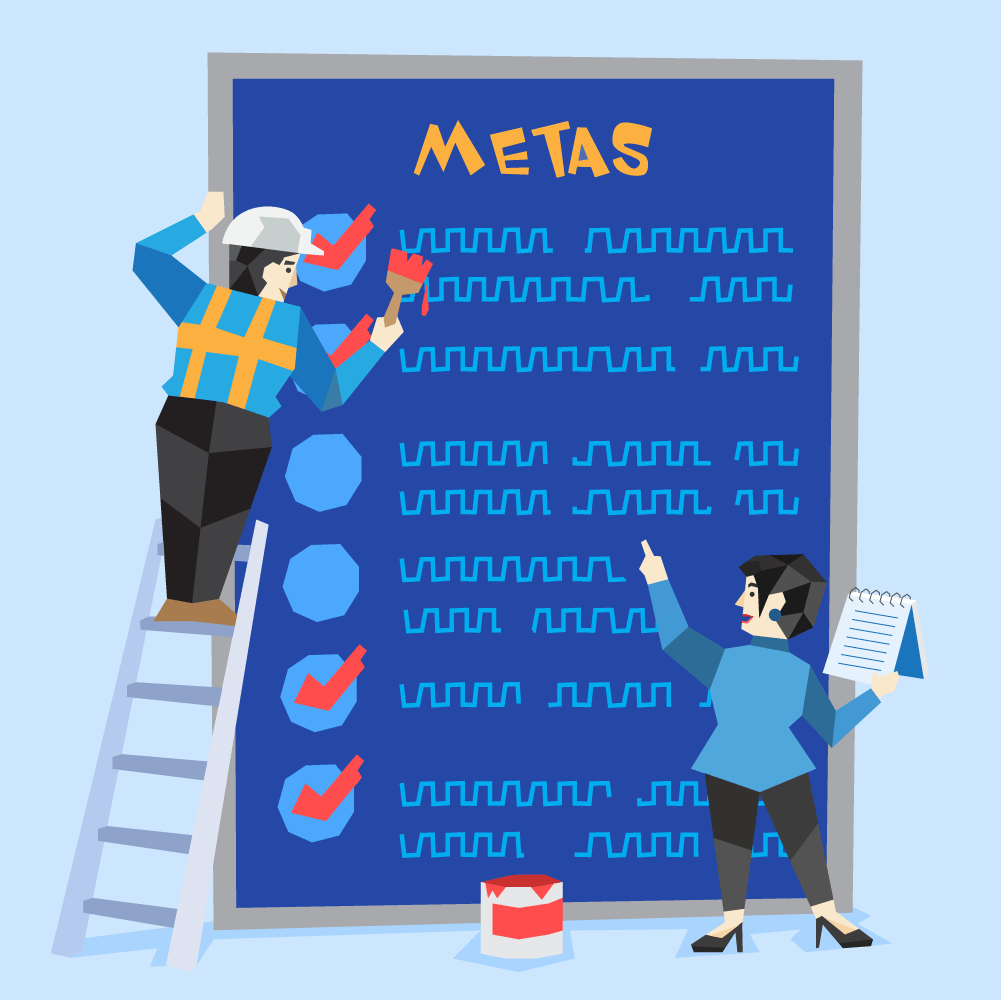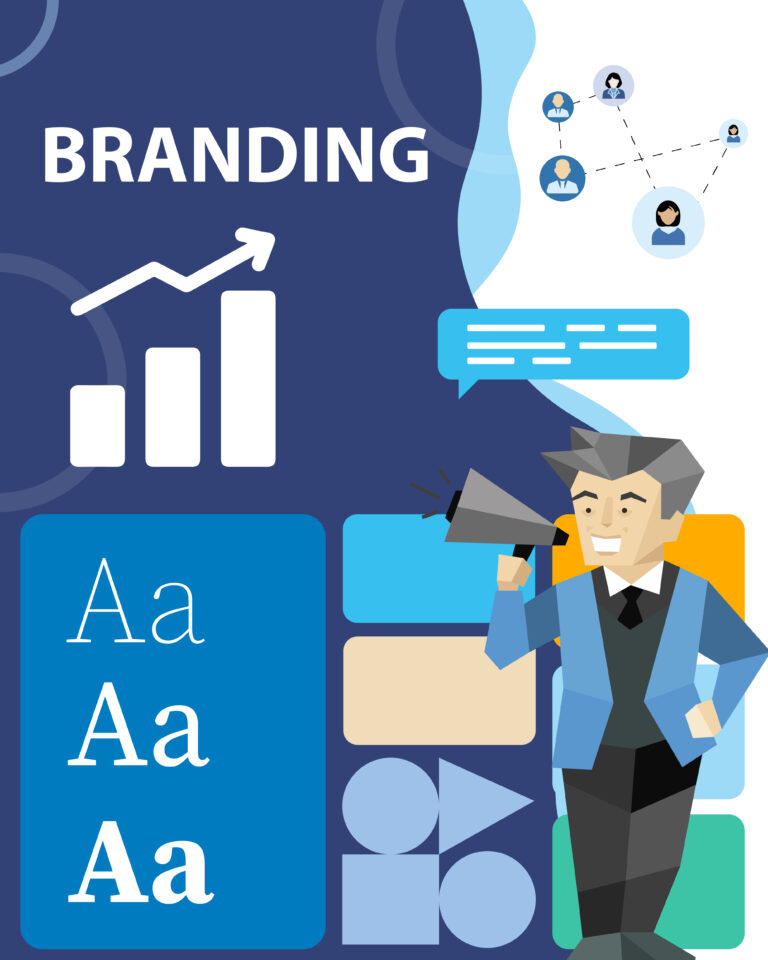On-Page SEO Factors for Your Website

When it comes to how often you should audit the on-page SEO health of your existing website, there is no clear-cut formula. In many ways, it can be a little like getting a health check-up for yourself; many people put it off until there is pain or discomfort.
If you are a real stickler for SEO, then there is a good chance that you have been optimizing as you go, ensuring that every new post has all of its meta elements in order, consistently staying on track with your keyword focus, and making sure that you place 301 redirects as needed.
However, this is the perfect world scenario and it doesn’t always go that way, and even with ongoing diligence there can still be nagging little issues that sneak in. Wayward CMS systems create numerous duplicate pages, someone might accidentally add an absurd canonicalization within Yoast, or a myriad of other minor problems can creep in.
Setting aside some time to assess your existing site and conduct an on-page SEO check-up should become a regular event throughout the life of your website.
The Benefit of Having Existing Data
One of the advantages of checking an existing site is that you already have data to work with. You already know which pages are performing well and which ones may need some attention.
It goes beyond having a clear picture of where you are starting.
Which Titles and Metas Have the Worst CTR?
In this day and age your rankings are becoming more and more intrinsically linked to how well your entries are performing within the SERP itself. You can read more about the data backing this up on a Moz whiteboard Friday video.
The benefit of knowing which pages currently have the worst CTR (this can be checked in Google Search Console, by the way) is that you now understand which pages need a bit of sprucing up.
The primary way to improve the CTR for your pages is similar to how an AdWords copywriter increases CTR on their ads. You are going to change the parts of the page that display on the SERP and then see whether you have written a version that makes people click through more frequently.
The parts of your page that will show up on the SERP are your title tag and meta description. You can try rewriting these in a way that increases the likelihood of people clicking into your page.
For bonus points you can investigate using some structured data such as schema markup to make for an even better looking result on the SERP!
Which Pages Have a High Bounce and Abandonment Rate?
Similarly to how CTR affects site rankings within Google, dwell time of visitors on your site also plays a significant role.
Dwell time is essentially the duration a user stays on your site after clicking a result in the SERP before returning to the SERP.
If they click in, take one look and decide that they need a different (should also be read as ‘better’) result, then they will have an extremely short dwell time. They leave the SERP and quickly return to find a different site to assist them.
You have the benefit of seeing which pages have higher bounce rates and shorter session durations, which will allow you to adjust them accordingly. There are plenty of ways that you can try to make your content more favourable and less ‘bouncy’, the data will simply tell you where to shift your focus.
Common Problems that Occur in Existing Sites
Just like running a car for a long time, the ongoing use of your website is likely to leave it running a little rough over time. There are a few nagging issues that will keep popping up on your site no matter how diligent you are in your day to day activities.
Broken Links and 404 Pages
Broken internal links or links leaving your site are a fact of life; they occur, and no matter what you do, they will still rear their ugly head from time to time. Sometimes you delete a page, move a page, change a URL or simply mistype a link. These things happen and they probably always will. Taking some time to crawl your site and check for any broken links is a must.
Redirect Chains
Sometimes, it’s the diligent who end up causing problems. Many SEO-savvy individuals understand the importance of implementing 301 redirects when a URL structure changes, and this will always be considered best practice. A redirect chain can occur when URL’s have been updated multiple times in a non-stop process of due diligence.
An example of this may be something like:
- You start with an existing web page
- Exampleurl.com/first-instance
- You then decide that this page should actually be sitting under a different path or directory, so you change the url to
- Exampleurl.com/demonstrations/first-instance
- Being the diligent SEO that you are you put in your 301 redirect from the first version to the next, just making sure that the correct page will render even if the old link is hit.
So far this isn’t a problem. It becomes a problem down the track though when you migrate the site to use HTTPS instead of HTTP.
Suddenly you have a forced 301 for every single page as the system pushes all HTTP pages to the new HTTPS. Meanwhile, any links that are pointing at Exampleurl.com/first-instance are now being redirected from a HTTP version to a HTTPS version, and then redirected from the old URL structure to the new URL structure.
It’s not just an HTTPS migration that can cause this; it’s a common manifestation of this problem.
Missing Meta Tags, Alt Tags and More
Even the most diligent content producer will occasionally have a deadline they need to meat and simply overlook some of the smaller details such as writing a meta description, adding some alt text or making sure that the title tag isn’t just a rendition of the H1.
Little problems that mount up slowly over the life of an active and growing website.
Duplicate Content
With a modern CMS, you may be surprised at how frequently duplicate content can surface and cause issues. You can see a great collation of causes of duplicate content here on this Yoast blog https://yoast.com/duplicate-content/#causes.
In any case, you don’t want to encounter duplicate content issues, so it’s best to check for them regularly.
Conclusion
On-page SEO is not a static concept, it will forever remain in flux as the goal posts are changed and the website grows and evolves.
Taking the time to do a check-up on how your on-page is sitting can be a very useful and important step towards maintaining your existing rankings or gaining better rankings into the future.










